
AeroGenie — 您的智能副驾驶。
热门趋势
Categories
Philippine Airlines to Receive First A350-1000 Aircraft in Late 2025
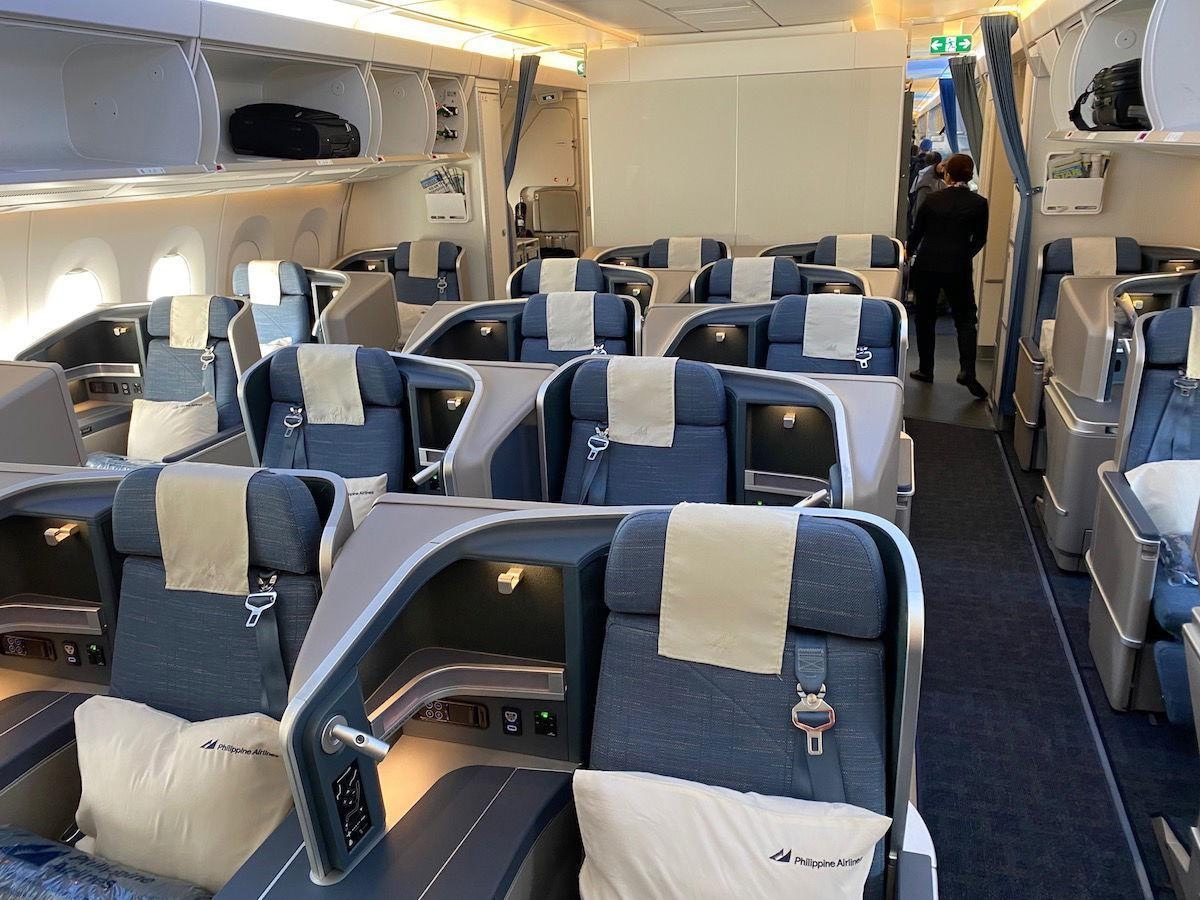
Philippine Airlines to Receive First A350-1000 Aircraft in Late 2025
Fleet Expansion and Modernization
Philippine Airlines (PAL) is scheduled to take delivery of its first Airbus A350-1000 aircraft in late 2025, with a total of nine units expected to join the fleet by 2027. This significant acquisition marks a major step in the airline’s ongoing efforts to modernize and expand its long-haul operations. The new aircraft will complement PAL’s existing widebody fleet, which currently includes Airbus A350-900s, A330-300s, and Boeing 777-300ERs.
Each A350-1000 will be configured with a three-class cabin layout, featuring Business, Premium Economy, and Economy seating, and will accommodate up to 380 passengers. This upgrade is designed to enhance passenger comfort and elevate the overall travel experience, reflecting the airline’s commitment to quality service.
Expansion of Long-Haul Routes
The introduction of the A350-1000, known for its extended range and fuel efficiency, will enable Philippine Airlines to operate non-stop flights to ultra-long-haul destinations, including the East Coast of the United States and Canada. Furthermore, the airline is exploring the possibility of resuming direct services to key European cities such as Paris and Brussels, thereby broadening its international network and strengthening its global presence.
Commitment to Sustainability
Incorporating the Airbus A350-1000 into its fleet aligns with PAL’s environmental objectives, as the aircraft is recognized for its superior fuel efficiency and reduced carbon emissions compared to older models. This move supports the airline’s ambition to maintain one of the youngest and most modern widebody fleets in Asia, underscoring its dedication to sustainable aviation practices.
Strategic Outlook
The planned fleet expansion positions Philippine Airlines to capitalize on future growth opportunities within the highly competitive international aviation market. By combining state-of-the-art aircraft, expanded route offerings, and a focus on sustainability, PAL aims to enhance its global connectivity and strengthen its appeal to passengers worldwide.
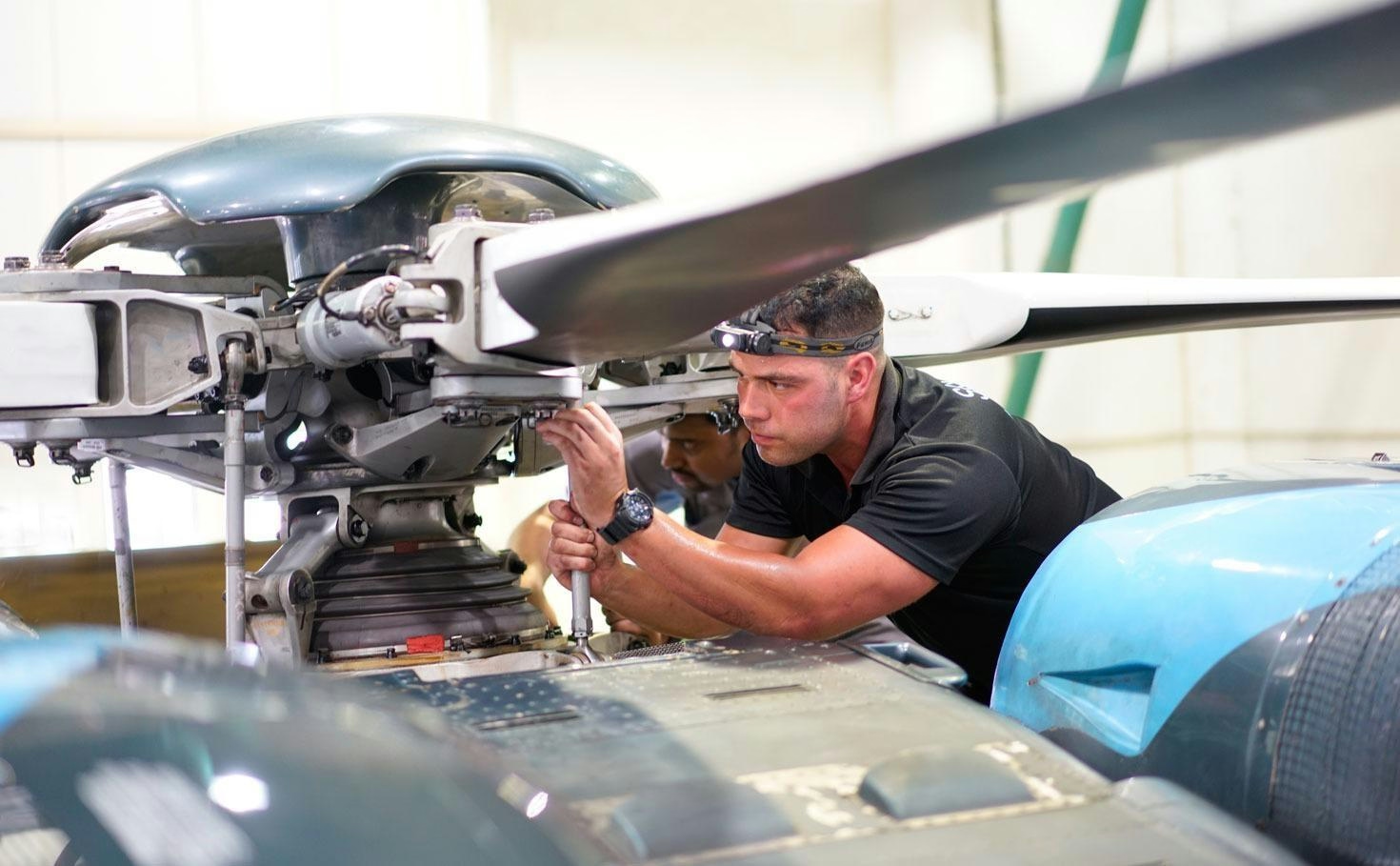
Companies Producing Diesel Airplane Engines Face Questions About Safety and Performance
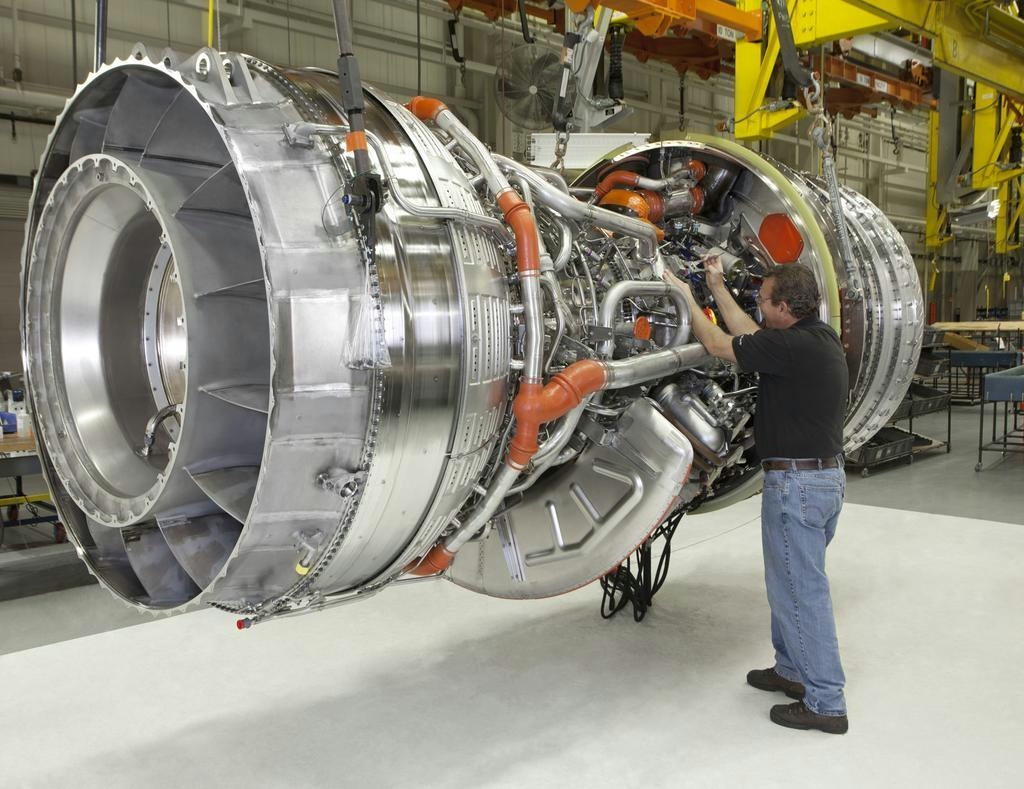
Explained: How GE Became a Jet Engine Manufacturer
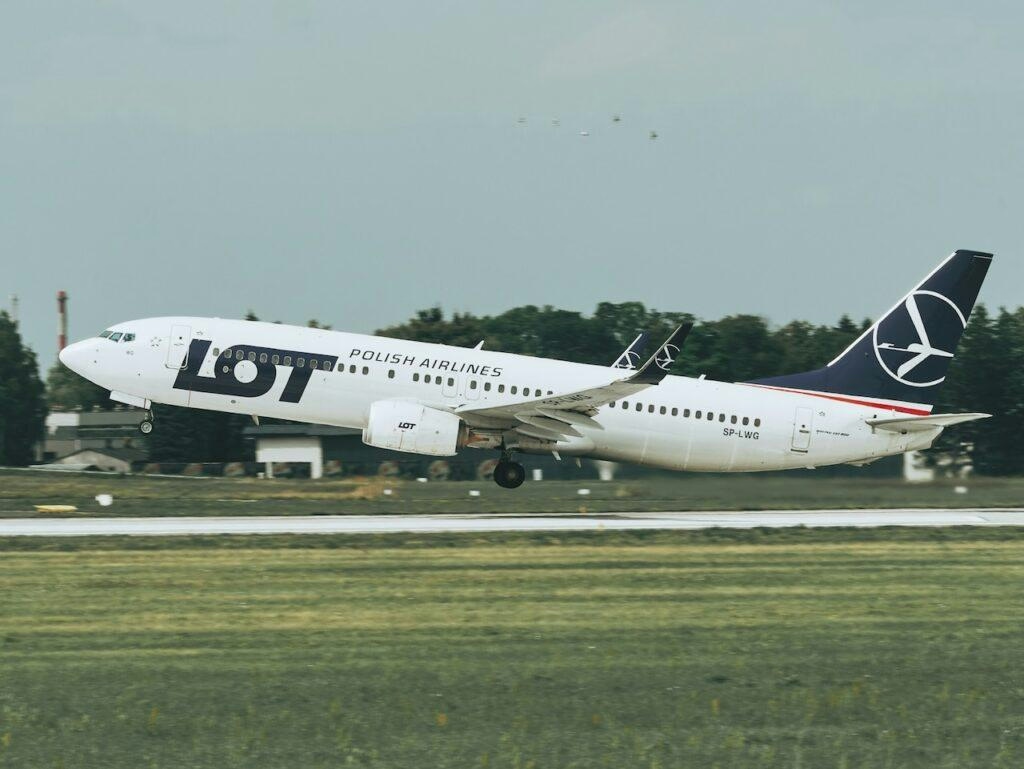
Aviation Capital Group Delivers Boeing 737 MAX 8 to LOT Polish Airlines
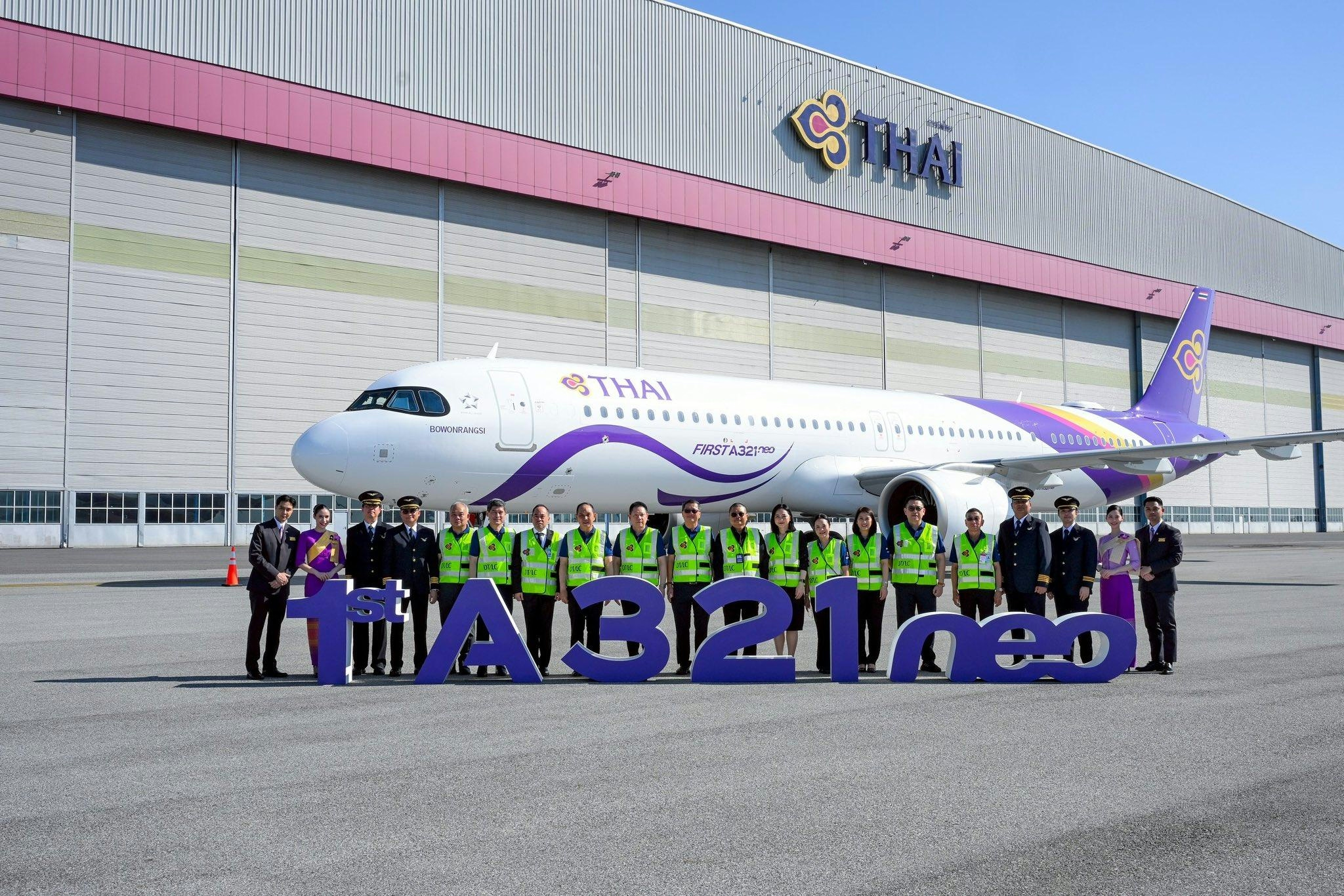
Thai Airways Receives First A321neo Aircraft
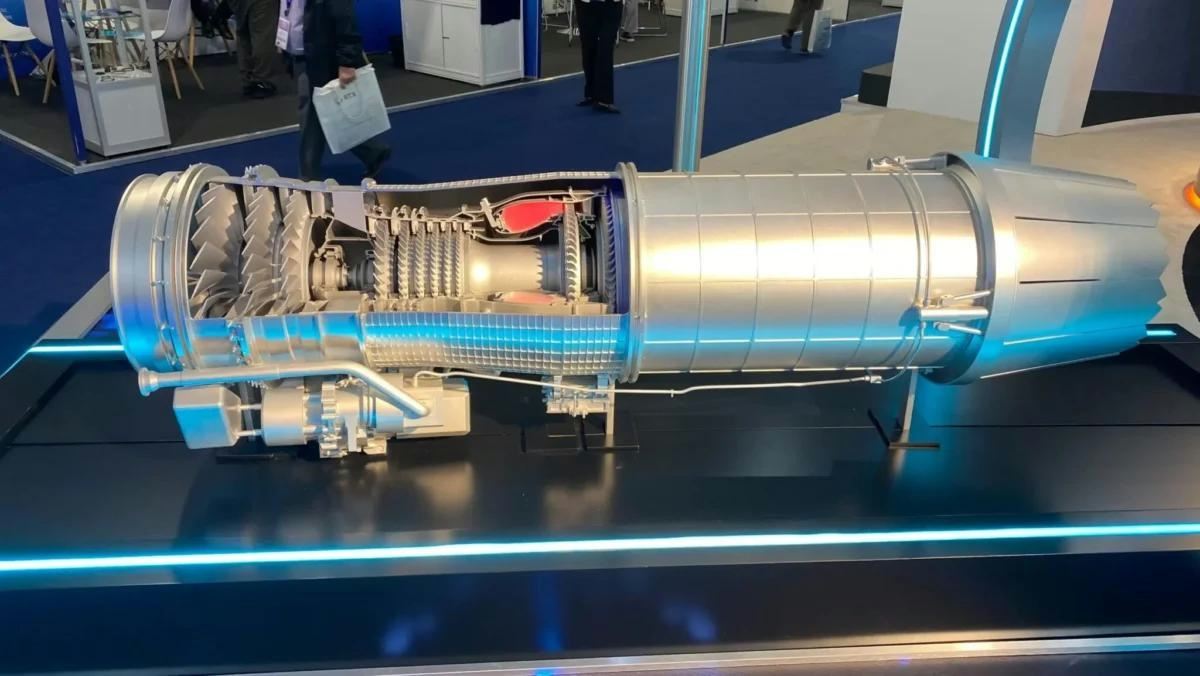
Seoul Invests 3.35 Trillion Won in New Fighter Jet Engine Development
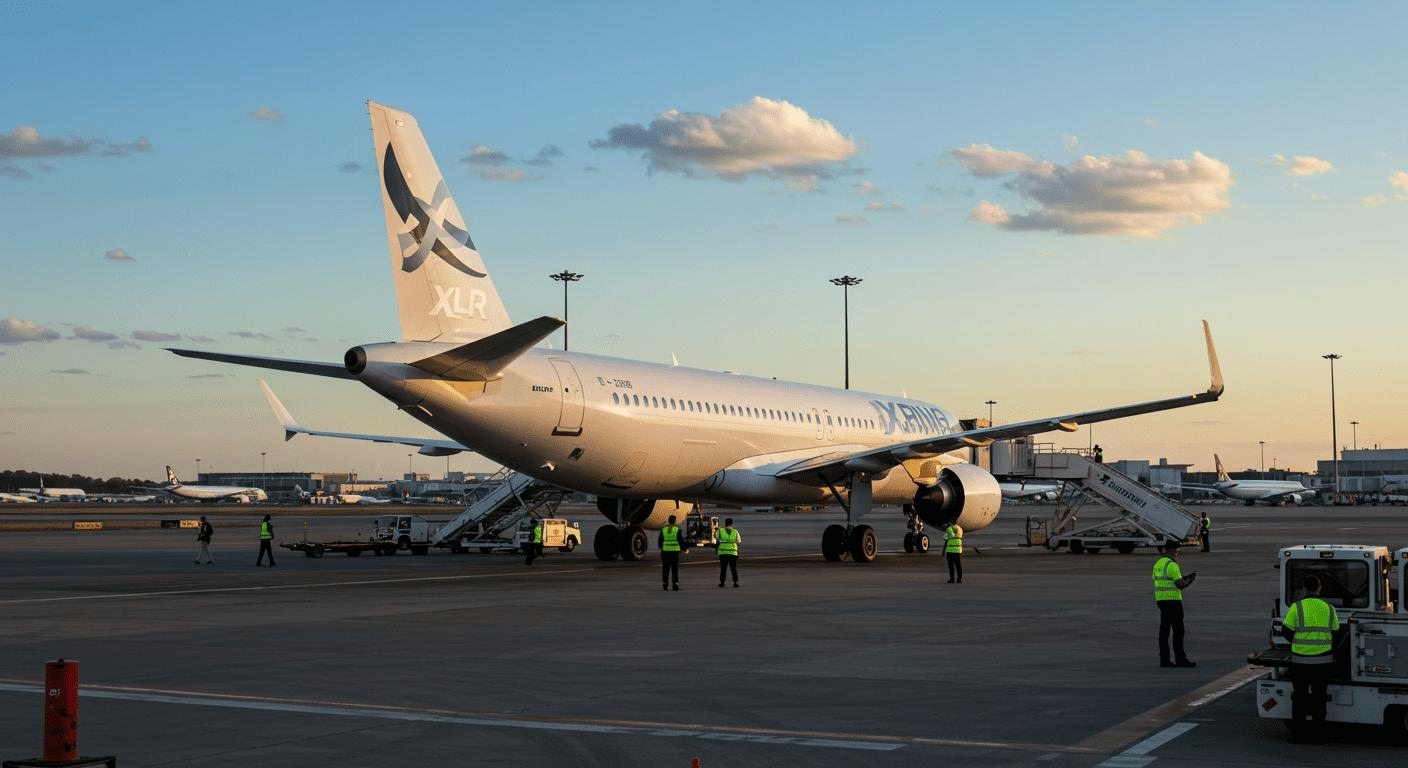
Can the A321XLR Replace Widebody Aircraft?
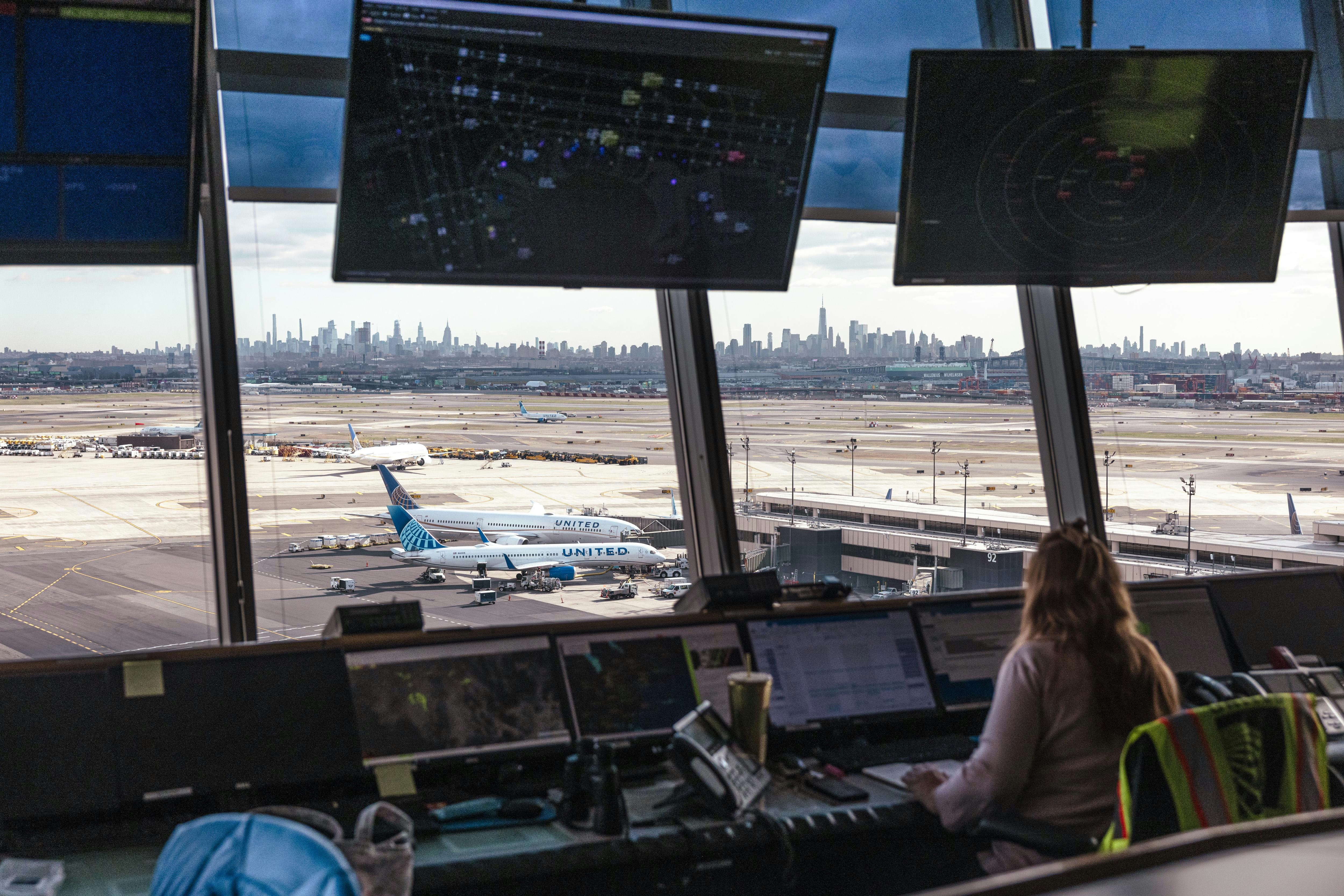
Airline Uses AI to Hold Flights for Passengers with Tight Connections
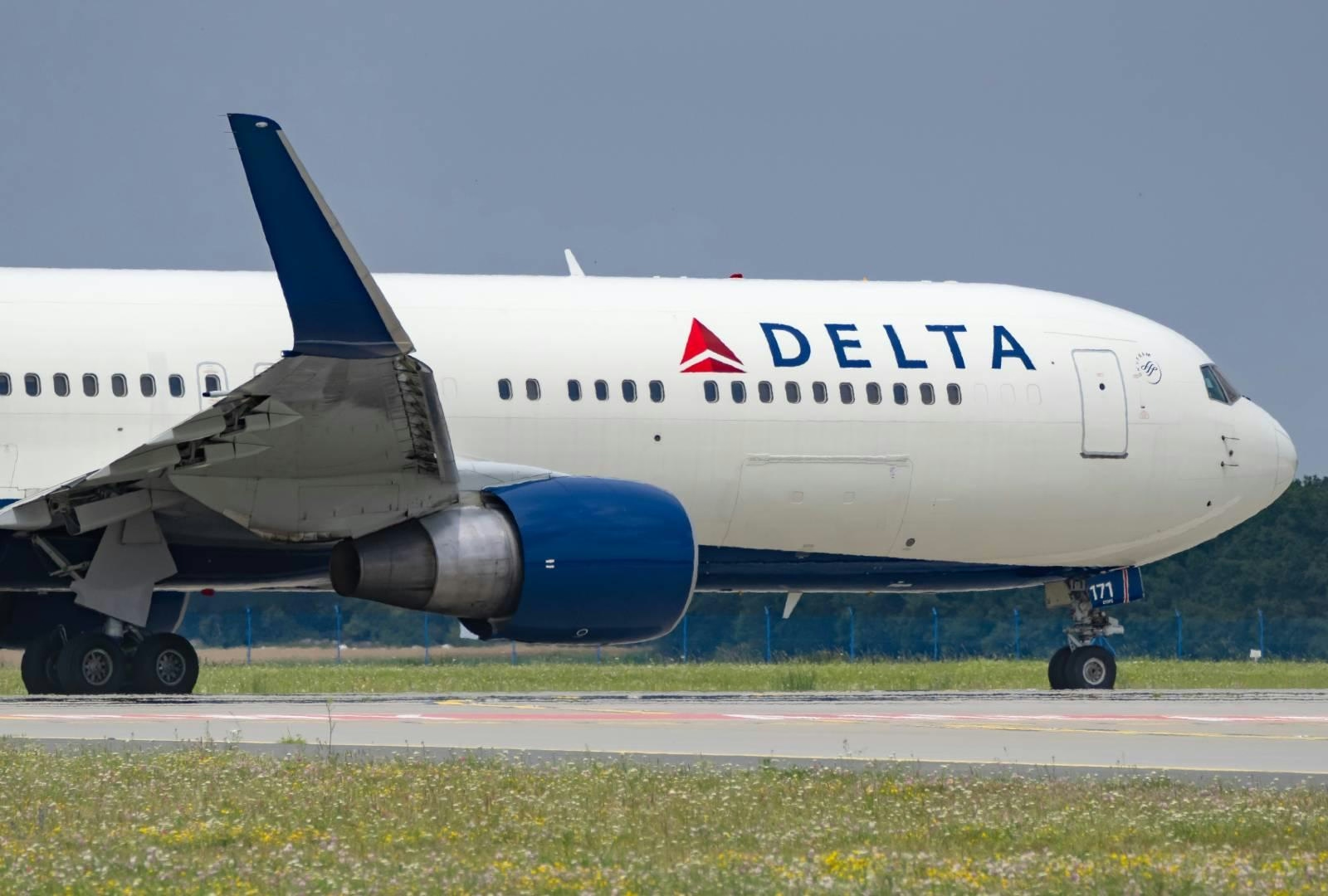
How Airlines Use AI to Set Flight Prices and What Consumers Can Do
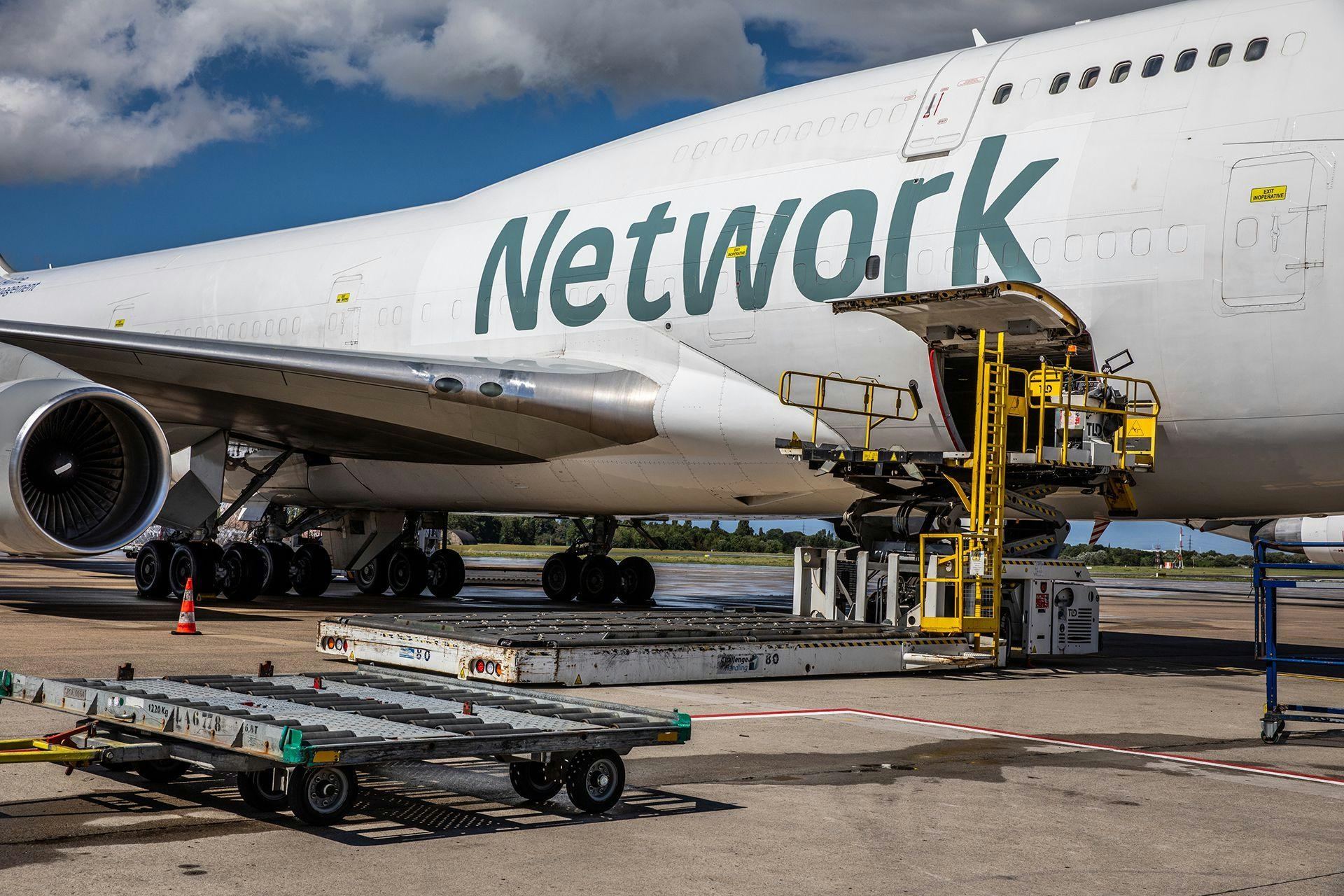
Juniper Expands Fleet with Converted Freighter Leasing
